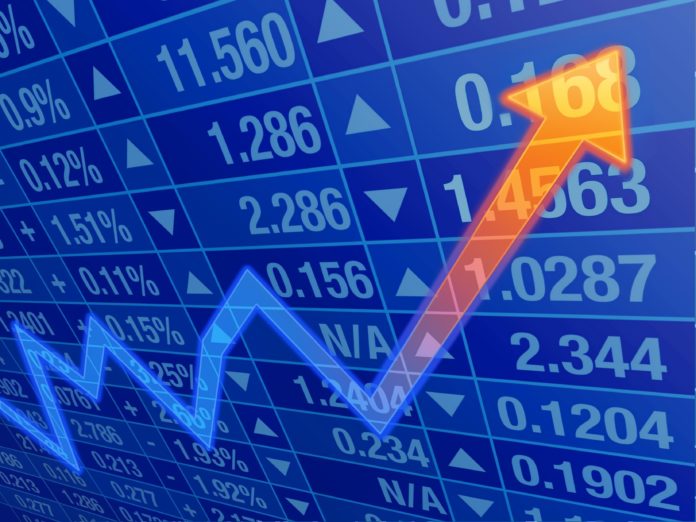Despite the recent market downturn, companies are reporting strong earnings and results for Q4 2018 and many expect 2019 to be strong as well. Turns out the stock market correction in December of 2018 was nothing more than investors and institutions hiding from their own shadows. Economists have egg on their faces as employment continues to be strong and private companies added 213,000 new jobs despite the doom and gloom of the federal government shutdown. Most all economists had predicted new jobs to be around 100,000 for the month. In an abrupt about-face, economists and analysts are now revamping their 2019 models and revising employment forecasts upwards. It also turns out that the recent US government shutdown has had minimal impact on the economy.
While things turned out solid in 2018 and 2019 promises more of the same, there are some potential potholes on the road ahead. The trade dispute between the US and China is top of mind for many as well as any potential bad policy that may be coming out of the Fed as it relates to interest rates. The global economy is in the dumps and the Eurozone looks to be sliding backwards. Emerging markets made up of the developing countries also continue to their downwards slide. The Chinese economy is also sliding and this impacts US businesses as the Chinese spends billions annually on US agricultural and other products. The US economy has a strong foundation internally but what happens in the world has a large impact on currency exchanges and on the financial results US companies doing business globally.
There are bright lights ahead in the gloom. With the EU economies backsliding, this is likely going to lead to fiscal easing by the ECB which has previously resulted in positive gains for the equities markets and spur overall business activity. China has announced it will increase spending significantly in 2019 on infrastructure projects, the kind which will likely result in more purchases from US companies. The US Fed for its part has backpedaled on previous comments that it will continue raising interest rates as the US economy appears precarious and a bad move by the Fed could derail economic activity. The Fed is also struggling with the fact that there is no sign of inflation anywhere despite the strong employment numbers which negates its justification for raising interest rates.
Warning: Never make investment decisions based upon any one source of information or opinion. The author may or may not own shares of companies discussed in this article and is not a professional investor or financial analyst. Do your own research.
Boeing corporation (symbol: BA) the maker of large commercial and military aircraft announced their financial results for Q4 2018 to be the best ever in company history and with record revenues of over 100 million for the first time ever in any given year.
Apple corporation (symbol: AAPL) announced earnings for Q4 of 2018 that beat Wall Street estimates despite seeming analyst consensus that Q4 for Apple was going to be below expectation. The stock had taken a big hit during end of 2018 because of those analyst fears. Apple announced solid growth in service revenue in China despite the trade dispute and expects growth in 2019 to continue. Just during Q4, Apple made revenues of $82 million. Jim Cramer of CNBC is making the case that Apple earnings is on the verge of exploding higher with the adoption of Apple watch for health care monitoring.
Nucor corporation (symbol: NUE) announced it will be building a billion dollar plant and investing $3.2 billion overall on production improvements because of the Trump tariffs on the dumping of Chinese steel. Q4 of 2018 was a record quarter for Nucor and other US steel makers. Prior to these results many had questioned the effectiveness of the tariffs on helping US steel manufacturers. Now we know.
While the above companies anecdotally provide evidence of the continuing strength of the US economy, the broader environment is very support of US business. Low interest rates, a business-friendly government in DC, low inflations, and strong consumer and labor markets will likely continue to fuel the growth of business in the US.
























